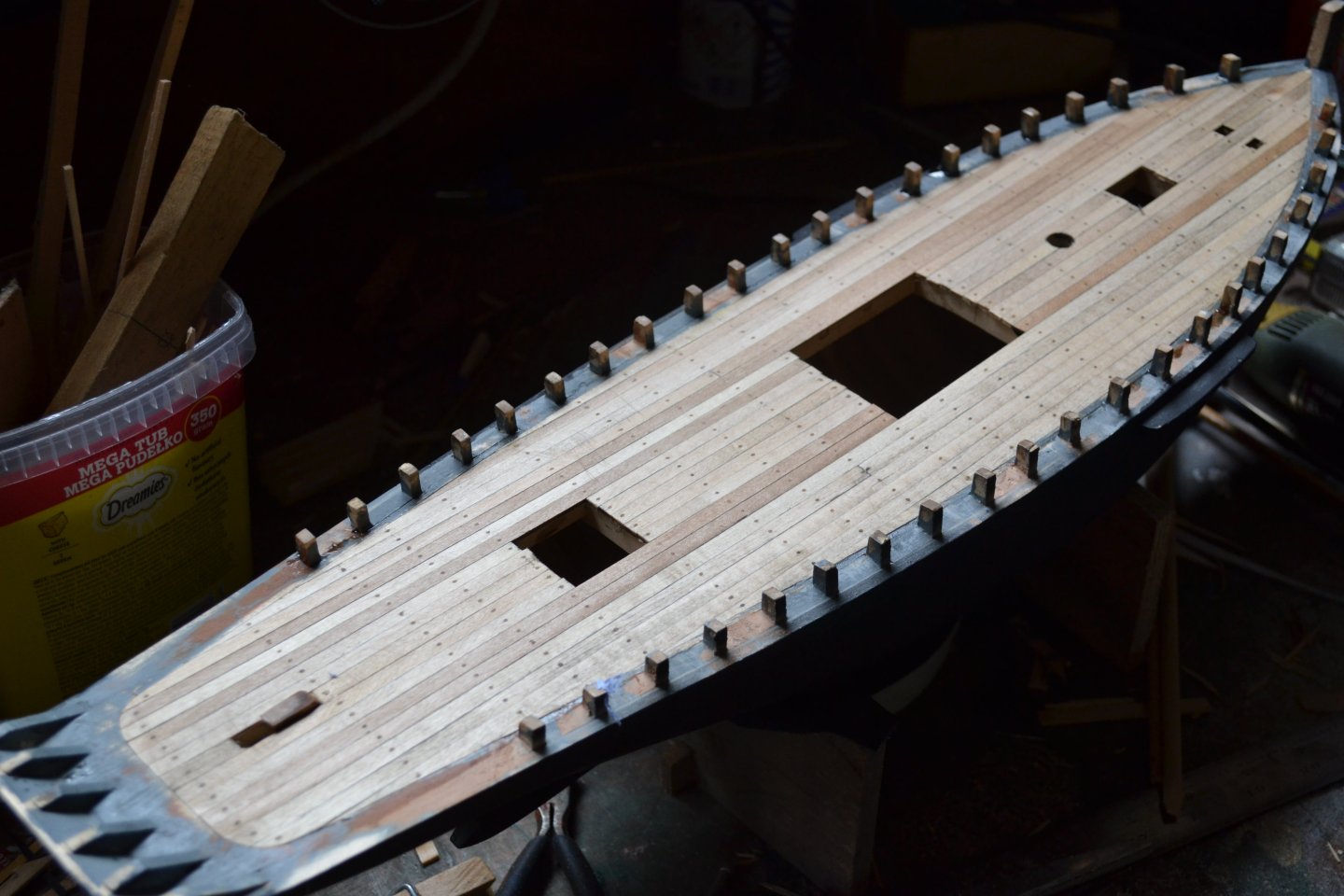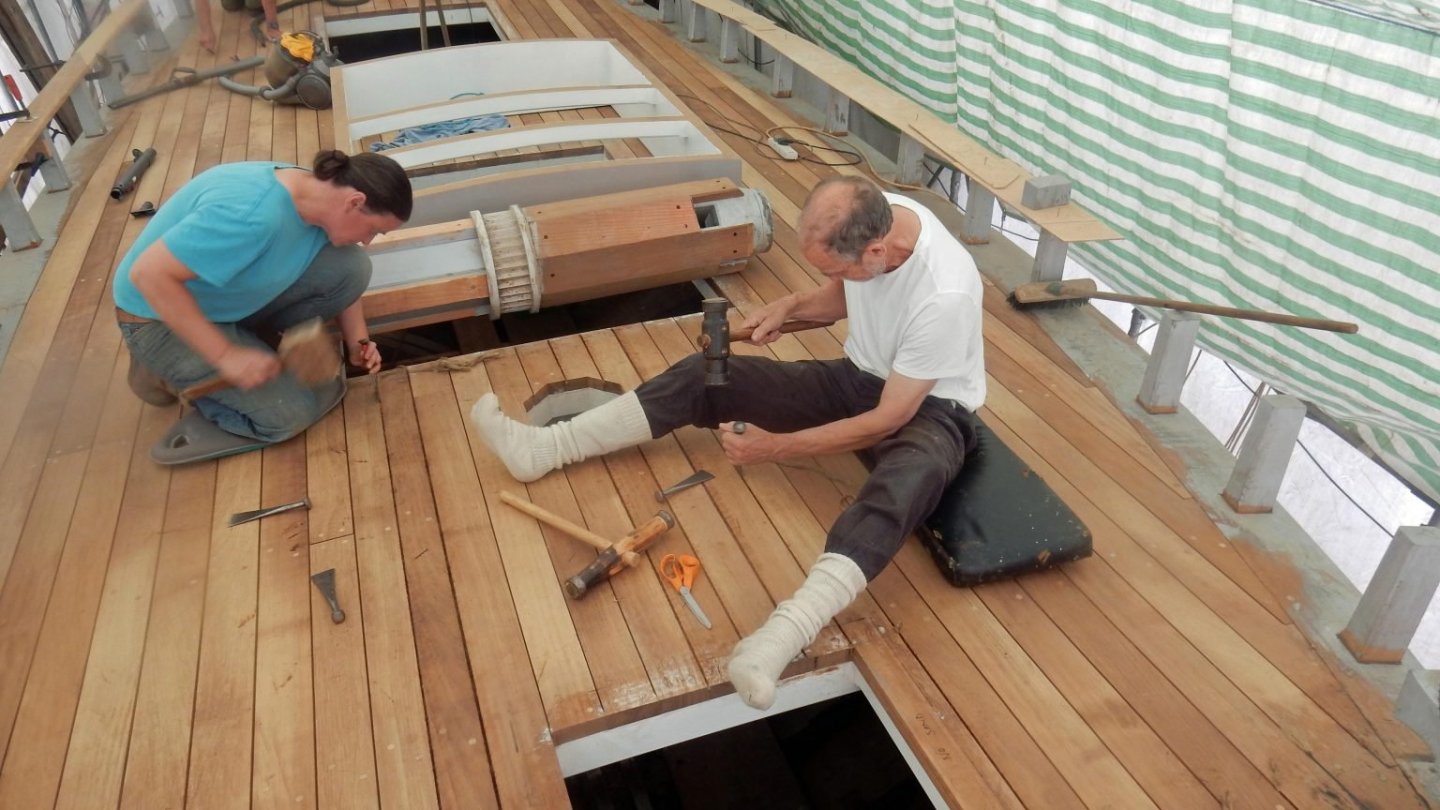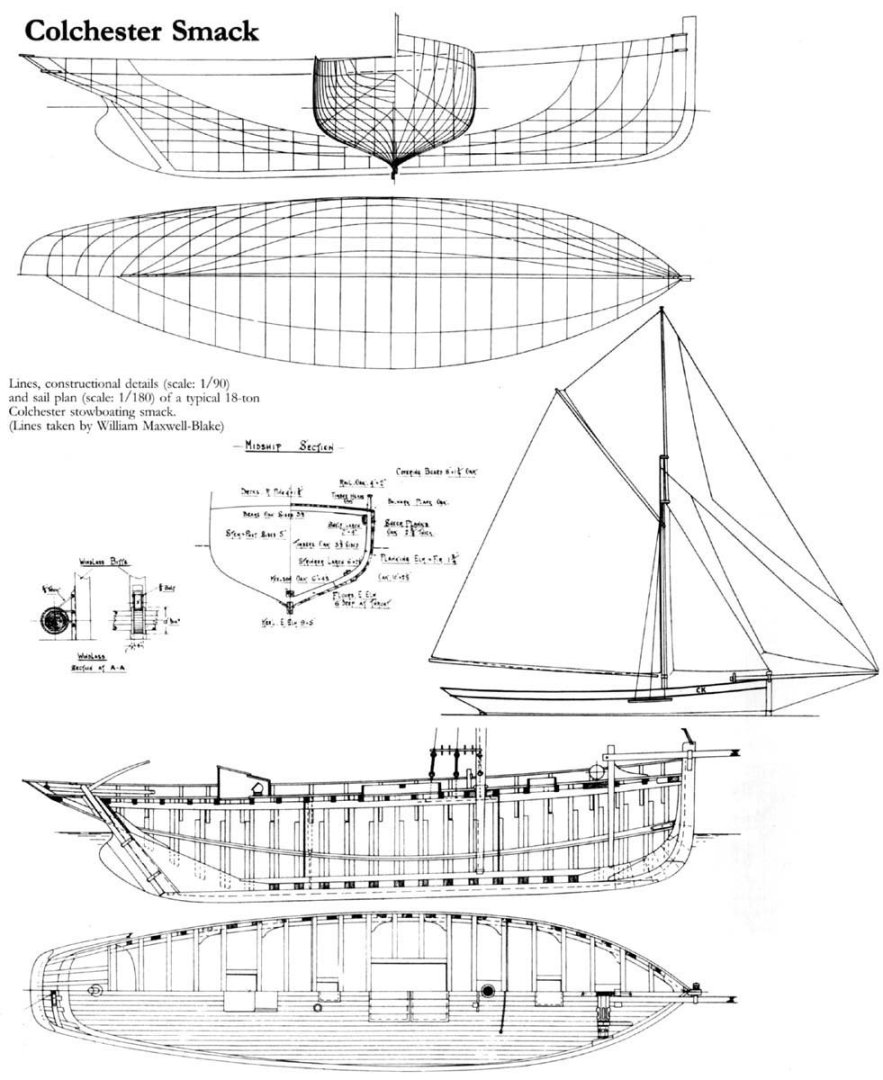
Colin B
Members-
Posts
18 -
Joined
-
Last visited
-
 Colin B reacted to a post in a topic:
Elizabeth Howard by Jond - 1:48 - The White Ghost - Schooner
Colin B reacted to a post in a topic:
Elizabeth Howard by Jond - 1:48 - The White Ghost - Schooner
-
 Colin B reacted to a post in a topic:
Atlantica by Wintergreen – Scale 1:30 - POF - sail training ketch - a smack of English heritage
Colin B reacted to a post in a topic:
Atlantica by Wintergreen – Scale 1:30 - POF - sail training ketch - a smack of English heritage
-
 Colin B reacted to a post in a topic:
Atlantica by Wintergreen – Scale 1:30 - POF - sail training ketch - a smack of English heritage
Colin B reacted to a post in a topic:
Atlantica by Wintergreen – Scale 1:30 - POF - sail training ketch - a smack of English heritage
-
 Colin B reacted to a post in a topic:
Hercules by vaddoc - 1:64 - Steam Tugboat
Colin B reacted to a post in a topic:
Hercules by vaddoc - 1:64 - Steam Tugboat
-
 Colin B reacted to a post in a topic:
Atlantica by Wintergreen – Scale 1:30 - POF - sail training ketch - a smack of English heritage
Colin B reacted to a post in a topic:
Atlantica by Wintergreen – Scale 1:30 - POF - sail training ketch - a smack of English heritage
-
 Colin B reacted to a post in a topic:
Elizabeth Howard by Jond - 1:48 - The White Ghost - Schooner
Colin B reacted to a post in a topic:
Elizabeth Howard by Jond - 1:48 - The White Ghost - Schooner
-
 Colin B reacted to a post in a topic:
Elizabeth Howard by Jond - 1:48 - The White Ghost - Schooner
Colin B reacted to a post in a topic:
Elizabeth Howard by Jond - 1:48 - The White Ghost - Schooner
-
 Colin B reacted to a post in a topic:
Elizabeth Howard by Jond - 1:48 - The White Ghost - Schooner
Colin B reacted to a post in a topic:
Elizabeth Howard by Jond - 1:48 - The White Ghost - Schooner
-
 Colin B reacted to a post in a topic:
Gaff sloop of unknown design c. 1910 by Bedford - RESTORATION - SCRAPPED
Colin B reacted to a post in a topic:
Gaff sloop of unknown design c. 1910 by Bedford - RESTORATION - SCRAPPED
-
 Colin B reacted to a post in a topic:
Gaff sloop of unknown design c. 1910 by Bedford - RESTORATION - SCRAPPED
Colin B reacted to a post in a topic:
Gaff sloop of unknown design c. 1910 by Bedford - RESTORATION - SCRAPPED
-
 Tony Hunt reacted to a post in a topic:
Colchester Smack by Colin B
Tony Hunt reacted to a post in a topic:
Colchester Smack by Colin B
-
 Tony Hunt reacted to a post in a topic:
Colchester Smack by Colin B
Tony Hunt reacted to a post in a topic:
Colchester Smack by Colin B
-
 GrandpaPhil reacted to a post in a topic:
Colchester Smack by Colin B
GrandpaPhil reacted to a post in a topic:
Colchester Smack by Colin B
-
 Knocklouder reacted to a post in a topic:
Colchester Smack by Colin B
Knocklouder reacted to a post in a topic:
Colchester Smack by Colin B
-
 Rudolf reacted to a post in a topic:
Colchester Smack by Colin B
Rudolf reacted to a post in a topic:
Colchester Smack by Colin B
-
 druxey reacted to a post in a topic:
Colchester Smack by Colin B
druxey reacted to a post in a topic:
Colchester Smack by Colin B
-
Colchester Smack by Colin B
Colin B replied to Colin B's topic in - Build logs for subjects built 1851 - 1900
I have planked the bulwarks which has revealed a flaw in my planning as the stanchions at the stern are too short and a bit fat. I'll find a fix I'm sure. In the meantime I'm reviewing paint colours for the bulwarks and covering boards: most boats paint the inside a pale colour such as cream while either painting the outer surface in the hull colour or in the pale one. As its only paint I can have a play to see what I like best. The brush is not a permanent part of the model by the way!- 13 replies
-
- Working sail
- Plank on Frame
-
(and 1 more)
Tagged with:
-
 GrandpaPhil reacted to a post in a topic:
Colchester Smack by Colin B
GrandpaPhil reacted to a post in a topic:
Colchester Smack by Colin B
-
 Rudolf reacted to a post in a topic:
Colchester Smack by Colin B
Rudolf reacted to a post in a topic:
Colchester Smack by Colin B
-
 Rudolf reacted to a post in a topic:
Colchester Smack by Colin B
Rudolf reacted to a post in a topic:
Colchester Smack by Colin B
-
 Rudolf reacted to a post in a topic:
Colchester Smack by Colin B
Rudolf reacted to a post in a topic:
Colchester Smack by Colin B
-
Colchester Smack by Colin B
Colin B replied to Colin B's topic in - Build logs for subjects built 1851 - 1900
Deck laid and covered in dirty varnish (added black coach enamel to matt varnish) to try and replicate a working deck. Looks OK to my eyes and the dirty varnish also picks out the joints giving an impression of caulking. Deck openings to be tidied up before I move to the bulwarks and rudder.- 13 replies
-
- Working sail
- Plank on Frame
-
(and 1 more)
Tagged with:
-
Americans have always excelled at making beautiful boats from simple shapes. Check out Sam Devlin's designs for full size vessels or Dynamite Payson's 'Instant Boats'.. I built a couple of full size boats from Payson's book and they were very nice to build and quite shapely when done. This is a lovely model and I am enjoying following the build.
- 201 replies
-
- Oyster Sharpie
- first scratch build
-
(and 1 more)
Tagged with:
-
Colchester Smack by Colin B
Colin B replied to Colin B's topic in - Build logs for subjects built 1851 - 1900
Thank you for your kind comments Rudolf. The book is The Chatham Directory of Inshore Craft which is still available on the net if you want a copy (but check prices as they vary to an absurd degree).- 13 replies
-
- Working sail
- Plank on Frame
-
(and 1 more)
Tagged with:
-
Colchester Smack by Colin B
Colin B replied to Colin B's topic in - Build logs for subjects built 1851 - 1900
Just an update on the covering boards: I have sanded the outer edge to meet the sheer strake and glued a 2mmm x 2mm strip around the inside edge to complete the impression of a complete board. I will fill and sand off any gaps and then paint the covering boards (and perhaps the whole hull) before progressing to the deck planking.- 13 replies
-
- Working sail
- Plank on Frame
-
(and 1 more)
Tagged with:
-
Colchester Smack by Colin B
Colin B replied to Colin B's topic in - Build logs for subjects built 1851 - 1900
I have cut and glued the outer section of the covering boards around the stanchions, leaving the stern to be considered further. I left the boards wide on the outside face to aid stability, but now they are glued I can sand them off flush with the sheer planking. I need to lightly fair the inner face before I run a 2mm x 2mm strip around the inside to complete the look. On these vessels many of them had the planking joggled into other planks rather than the covering board so that makes this part of the job fairly simple. When i have finished this stage, and worked out how the stern should be made, I will paint the hull and covering boards before adding deck planks that will remain unpainted.- 13 replies
-
- Working sail
- Plank on Frame
-
(and 1 more)
Tagged with:
-
I mentioned this project quite a while ago on a page dedicated to the building of a Victorian racing yacht so I thought it might be worth updating it as a separate topic now I am back modelling after quite a while restoring a 1930 Singer Six car, a 1937 Singer Coupe and a 1952 MG TD imported from Texas! This is a typical smack of about 40' LOD which I'm modelling at 1/2":1'. The plans are non-scale so I have been using proportional dividers to scale up, plus I am constantly scouting the net for details that the plans do not show. I am using lime for most of the boat as sheets in various thicknesses are readily available and it works really well with hand tools and my small bandsaw. It will be apparent that I am not a precise modeler, being very much of the 'good enough' school, and I have used filler to fair the hull as I plan to paint her in traditional colours and hopefully evoke a working boat. I'm currently making templates for the covering boards and cutting deck planking to scale, but i will paint the hull before planking as I will leave the deck unpainted even though most surviving boats have their decks sheathed and painted.
- 13 replies
-
- Working sail
- Plank on Frame
-
(and 1 more)
Tagged with:
-
Hello Martin. While idly thumbing through old copies of The Boatman I came across these lines of a modern reproduction of the Bloodhound originally built by William Fife in 1874. It reminded me of your lovely model and they are definitely from the same stable. According to the article the rules at the time penalised beam so the narrow designs were to avoid handicap penalties. I'm looking forward to your next update. Regards Colin
-
There is a very good narrative of the rebuilding of Boadicea including lines in Vintage Boats by John Lewis published in 1975.
-
Oh and you do vintage cars too! I have restored a 1929 Singer Junior and I'm doing a 1930 Singer Light Six at the moment - both pretty wrecked barn finds when I got them My other one is a 1937 Singer Nine coupe which needed a complete mechanical rebuild but was otherwise lovely!
-
I have the book Martin but she has a transom so no real help. I will wing it as you did. I'm just over the border in north Cambridgeshire so East Anglian craft are of great interest to me too. I also have the Underhill books and my first model, made while I was at UEA many years ago, was of Leon subsequently semi-destroyed by one of my daughters swinging a cushion! Lots of dust on her too!
-
I have always loved working boats Martin, and the leisure craft that were based on them. I'm currently trying my hand at a 1/2" scale Colchester smack based on the non scale plans in the Chatham Directory of Inshore Craft. Sort-of-scale frames generally completed but I'm puzzling over how the stern goes together. I also built a Harwich Bawley to 1/4" scale quite a few years ago from non-scale drawings in the science museum - the tree nails are massively oversized but I didn't know any better at the time, but everything is scratch built apart from the chain! Sailing Drifters and Sailing Trawlers by Edgar J March are both really good sources of fishing boat lines and details.
-
I love this build Martin - I'm more of a fan of domestic and fishing craft than military stuff and I'll be following you as you complete her.
-
Virginia Ruth by Kelpie - RESTORATION
Colin B replied to Kelpie's topic in - Build logs for subjects built 1851 - 1900
You could drill the end of the blank and glue a smaller piece of dowel in place to fit the chuck on your drill. It is a rather meaty mast though! I really like this model which has a lot of the charm of Victorian pond yachts so good luck with the restoration.- 21 replies
-
- virginia ruth
- sloop
-
(and 1 more)
Tagged with:
About us
Modelshipworld - Advancing Ship Modeling through Research
SSL Secured
Your security is important for us so this Website is SSL-Secured
NRG Mailing Address
Nautical Research Guild
237 South Lincoln Street
Westmont IL, 60559-1917
Model Ship World ® and the MSW logo are Registered Trademarks, and belong to the Nautical Research Guild (United States Patent and Trademark Office: No. 6,929,264 & No. 6,929,274, registered Dec. 20, 2022)
Helpful Links
About the NRG
If you enjoy building ship models that are historically accurate as well as beautiful, then The Nautical Research Guild (NRG) is just right for you.
The Guild is a non-profit educational organization whose mission is to “Advance Ship Modeling Through Research”. We provide support to our members in their efforts to raise the quality of their model ships.
The Nautical Research Guild has published our world-renowned quarterly magazine, The Nautical Research Journal, since 1955. The pages of the Journal are full of articles by accomplished ship modelers who show you how they create those exquisite details on their models, and by maritime historians who show you the correct details to build. The Journal is available in both print and digital editions. Go to the NRG web site (www.thenrg.org) to download a complimentary digital copy of the Journal. The NRG also publishes plan sets, books and compilations of back issues of the Journal and the former Ships in Scale and Model Ship Builder magazines.




